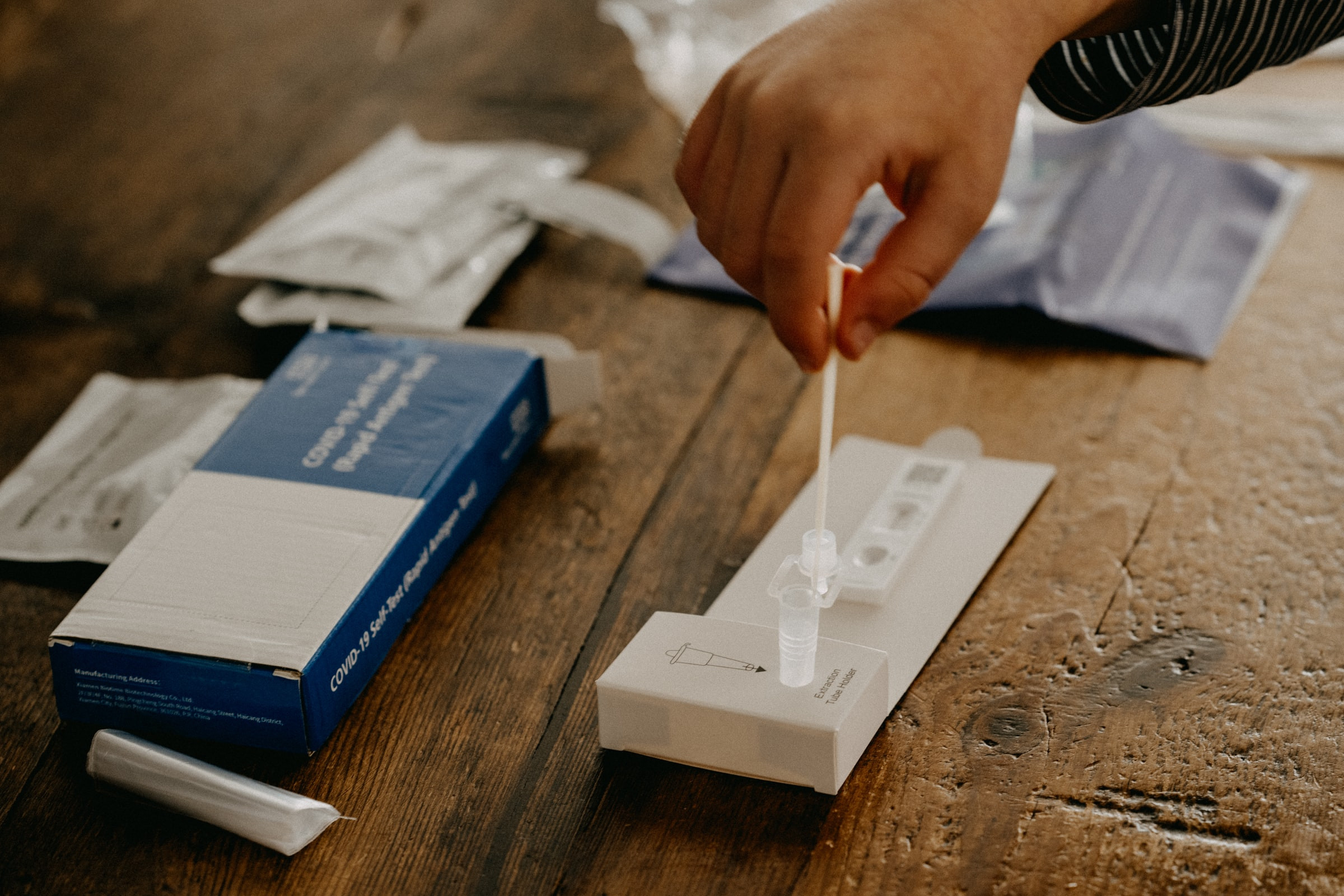
Building vaccine manufacturing capacity in Africa: what progress has been made and is it enough?
By Beth Boyer and Andrea Taylor
March 15, 2022
Local manufacturing capacity has been highly correlated to earlier access to life-saving health interventions, as demonstrated with COVID-19 vaccines. The concentration of COVID-19 vaccine production in high-income countries (HICs) – particularly for mRNA vaccines – contributed to the unequal distribution that continues today.
Most low- and middle-income countries (LMICs) had to depend on vaccine imports for their supply. There are some notable exceptions, such as India and China, where strong pre-pandemic investments in vaccine manufacturing capacity meant they were ready to produce doses at scale in 2021. But for most LMICs, reliance on vaccine shipments from other countries often meant they were at the back of the delivery queue and subject to delays from export restrictions.
This is particularly true for the African continent, where only 14% of the population has received a two-dose series of a COVID-19 vaccine. Few countries in Africa have vaccine manufacturing capacity, and those that do are limited to fill-finish (the process of filling vials with vaccine and packaging for distribution) and not actual production of the active ingredients. Africa must have capacity to produce its own vaccines to reduce reliance on imports from other regions of the world. Leaders from the African Union (AU) and Africa CDC have set an ambitious target for the continent to manufacture 60% of its own vaccines by 2040, up from a baseline of 1%. This will require several vaccine production hubs in Africa and long-term investment to ensure their sustained success.
To achieve this target, Africa CDC and AU launched in April 2021 the Partnership for African Vaccine Manufacturing (PAVM). Funders and governments responded with pledges of support including nearly $3 billion in funding. There have been broad calls from leaders to build LMIC manufacturing capacity, particularly in Africa, but words have not always been backed by action.
In COVID GAP’s first report in November 2021, we highlighted key actions that were needed to grow LMIC-based manufacturing capacity including further public and private investment, voluntary licensing agreements, transfer of know-how, capacity strengthening, and regulatory support. We have tracked the actions taken over the past few months to support manufacturing capacity in Africa, in keeping with accountability as a core component of COVID GAP’s work.
The good news is there has been a lot of movement recently that is beginning to change the manufacturing landscape in Africa:
PAVM has taken a comprehensive approach over the past year to establish regional hubs, as detailed in their recent Framework for Action, which sets out a plan to achieve integrated vaccine development and manufacturing across multiple vaccine platforms and prioritizing 22 diseases. This plan is expected to require an investment of $30 billion over 20 years.
South Africa-based company Afrigen Biologics made its own version of Moderna’s mRNA vaccine using the publicly available sequence. Afrigen is part of WHO’s technology transfer hub in South Africa and plans to share the technology with other LMIC-based manufacturers. While this is exciting for the longer-term, it is unlikely to result in manufacturing of COVID vaccines at scale before the end of 2023.
Moderna announced a Memorandum of Understanding with the Kenyan government to establish an mRNA manufacturing facility in the country, with assistance from the US Government. The goal is for the facility to produce up to 500 million doses of vaccines for the African continent each year, starting with drug substance (active ingredients) and potentially expanding to include fill-finish.
Moderna also pledged to never enforce its COVID-19 vaccine patents in 92 low- and middle-income countries, an expansion of its previous pledge not to enforce patents during the pandemic. However, this pledge only applies to its COVID-19 vaccine. Moderna recently filed for patent protection in South Africa of its mRNA platform technology, which could prevent the WHO mRNA hub from using the technology for future non-COVID vaccines.
BioNTech announced plans to establish vaccine factory modules in Rwanda, Senegal, and potentially South Africa. The modular factories, built from shipping containers and dubbed “Biontainers,” will be equipped to manufacture vaccines based on the mRNA technology including COVID-19. The vaccines manufactured in these local modules are expected to be dedicated for domestic consumption and export to other African Union members at a not-for-profit price. The company expects manufacturing in the modules to begin in 2023.
Johnson & Johnson reached a licensing agreement with South African drugmaker Aspen Pharmacare to package, sell, and distribute its COVID-19 vaccine in Africa. Aspen will be able to sell its own branded version of the vaccine, called Aspenovax, to all 55 African countries and multilateral entities supporting Africa’s vaccination plan.
These are promising developments, but more is still needed to grow long-term vaccine manufacturing in Africa. Investments in a sustainable workforce are needed to ensure manufacturing facilities can be staffed with local expertise. As Africa-based vaccine manufacturing hubs begin to develop their own COVID-19 vaccines and vaccines for other diseases, clear and robust regulatory support and oversight will be needed to ensure quality and timely access to countries across the continent. Further, steps must be taken to ensure demand for African-produced vaccines. Ministries of health and multilateral institutions, such as UNICEF and Gavi, should commit to making future vaccine purchases from African manufacturers who meet regulatory and quality approvals. Further, both global and African leaders should plan for long-term sustainability for African vaccine manufacturing, including financial models to support facilities so they are always at the ready for production of vaccines in a future public health emergency.
A globally distributed approach to vaccine manufacturing must be strengthened to support self-reliance and swifter access to essential medical products for the current pandemic and future ones. We will continue to track commitments and actions towards this critical effort.
